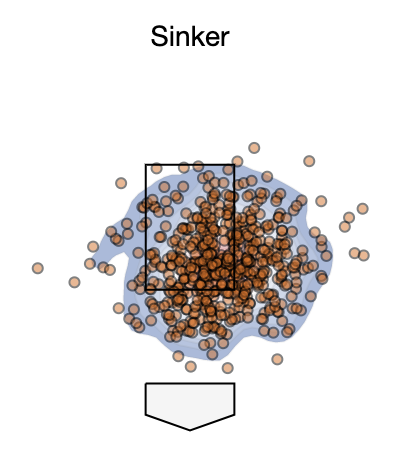In a much-needed break from Astros’ bullshit, last week the MLB announced their official rule changes for the 2020 season. An abbreviated version: 26-man rosters (with a 27th man for doubleheaders), September roster expansion is now limited to 28 players, and pitcher injured list stints are back to 15 days instead of 10 days (RIP Dodgers abusing that to skip a start).
But the change that should have the biggest impact on a day-to-day basis is a new rule stating that pitchers must now either face three batters or finish off an inning, with exceptions for injuries and ejections. In theory, this will impact the utility of LOOGYs.
Cary Osbourne wrote about the rule changes at length last week for Dodger Insider and how they pertain to the Dodgers. Last year, the Dodgers had 43 instances in which a pitcher faced only one batter before being removed, which was the ninth-most in baseball. Adam Kolarek was the Dodger most-often used for only one batter, doing so 16 times in 26 appearances after the trade deadline. In 54 appearances before the deadline with Tampa Bay, Kolarek faced one batter only 12 times. Kolarek faced one batter in each of his three postseason outings with the Dodgers (literally one batter, Juan Soto, each time). Last season, righties OPS’d nearly .400 points more against Kolarek than lefties (.857 vs .483). It’s safe to think that Kolarek will be the Dodger most impacted by this rule change.
Kolarek’s struggles against righties aren’t an accident. In 2018 he faced 87 righties and 54 lefties. In 2019 he faced 116 righties and 113 lefties. Weirdly, Tampa Bay used him more as a normal reliever instead of a LOOGY like the Dodgers did. First glance might point to Kolarek being a bit unlucky against righties in his career, as they BABIP’d .380 and .304 off him in 2018 and 2019, respectively. Lefties BABIP’d .244 and .215 against him, seemingly less egregious numbers. However, those numbers don’t seem to be a fluke. In 2018 and 2019, lefties hit ground balls 75 and 75.9 percent of the time against Kolarek. Righties, only 49.3 and 57.1 percent. The hard-hit rate (according to Fangraphs) against Kolarek was 15.6 percent by lefties in 2018 and 18.5 percent by lefties in 2019. Against righties, Kolarek allowed a 45.1 percent hard-hit rate in 2018 and a 44.1 percent hard-hit rate in 2019.
A low-velocity, weird-arm-angle pitcher struggling against same-sided hitters isn’t exactly shocking. Last year, Kolarek threw 83 fastballs that were classified as four-seamers by Baseball Savant. 80 of those came against righties. All 73 changeups and all eight cutters he threw also came against righties. Kolarek threw his sinker 71.4 percent of the time, and it’s not a secret where he was aiming most of the time.
That low and in sinker to lefties is pretty deadly. Against righties, not so much. In 2019, lefties hit .181 against Kolarek’s sinker (.204 xBA) and slugged .245 (.247 xSLG). Righties hit .362 with a .378 xBA and slugged .569 with a .580 xSLG against his sinker. While Kolarek only threw 83 pitches tagged as four-seam fastballs in 2019, righties only hit .189 with a .089 xBA and slugged .409 with a .267 xSLG against it. Kolarek’s issues probably can’t just be fixed by “throw fewer sinkers against righties,” but maybe he should throw fewer sinkers against righties.
Kolarek’s main competition out of the bullpen for a left-handed reliever role includes Scott Alexander and Caleb Ferguson, both of whom have some lefty/righty splits but fare a bit better against righties than Kolarek has in his career. If Alex Wood and/or Julio Urias fail to make the rotation out of camp, they could give the Dodgers further quality lefty arms that can throw against either-handed batters. Kolarek was very good in his LOOGY role last year, but his utility to the Dodgers this year will fully depend on how he fares against righties in 2020, and he has the new rules to thank.
 Dodgers Digest Los Angeles Dodgers Baseball Blog
Dodgers Digest Los Angeles Dodgers Baseball Blog

